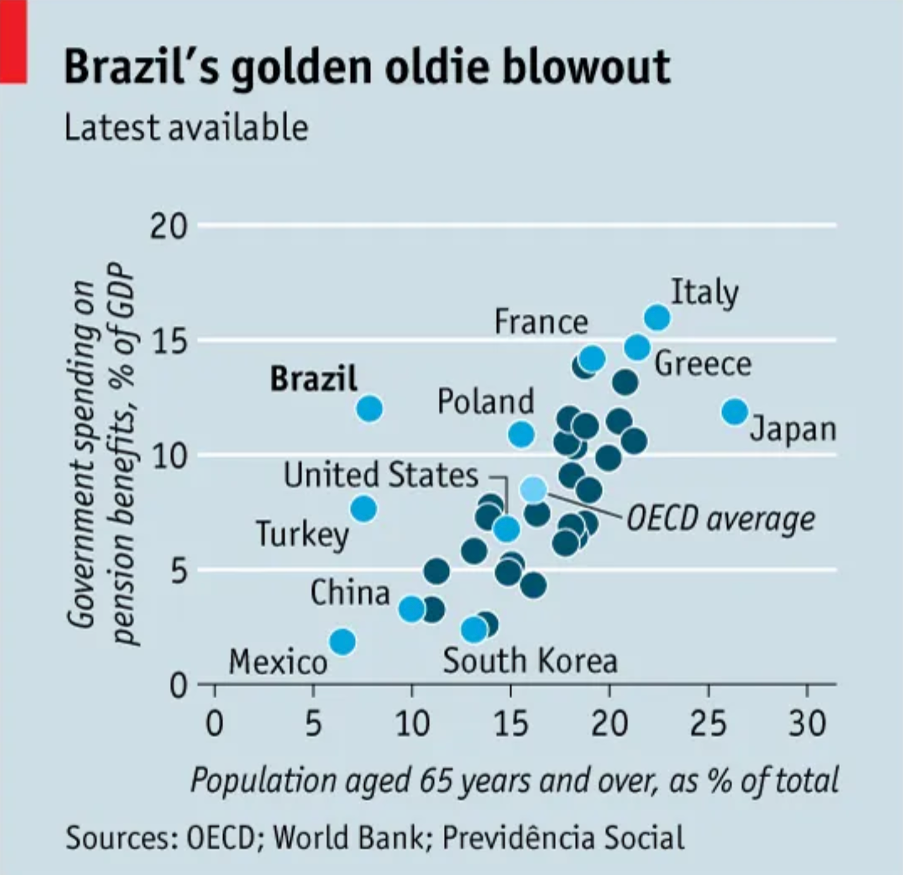Portfolio
PP434 Automated Data Visualization Course, 2024
Candidate Number: 39052
Two charts from Richard Davies' library were integrated.
Two charts were developed using the Economics Observatory Data Hub.
Based on the discussion in the 'Festival of Economics, 2024' about the UK's productivity, the first graph illustrates the underperformance in productivity over the last years. The second graph, on the other hand, presents a potential explanation: the evolution of the unemployment rate and its increase over recent years.
The new version includes a better choice of colors for the points, an improved grid format, new positions for the legend's titles, and an enhanced format for the axis labels.

To analyze the presence of women in Nobel Prizes, I chose the Wikipedia website for scraping, as it provides a user-friendly list of Nobel laureates, though it lacks gender information. I then scraped the list of female Nobel Prize winners from the official website and merged both datasets.
Scraping and cleaning code (Google Colab)Using the ONS API, nine charts created illustrate the evolution of weekly earnings by industry.
API and cleaning code (Google Colab)The map shows the poverty rate across departments in Peru. While Ica has the lowest poverty rate, Cajamarca has the highest.
The first chart shows the negative correlation between years of schooling and the domestic violence rate, while the second chart illustrates the substantial gender gap in domestic task time.
Cleaning code (Google Colab)The first chart analyzes the price trends of various healthy food items (fruits and vegetables) over time in the UK, while the second chart highlights regional differences among these food items using interactive tools. To create these charts, I used price microdata and summarized the findings.
Cleaning code (Google Colab)The last two charts show the gender gap in executive positions using interactive tools.